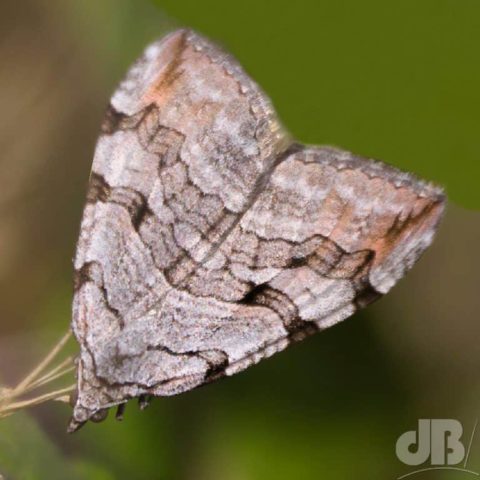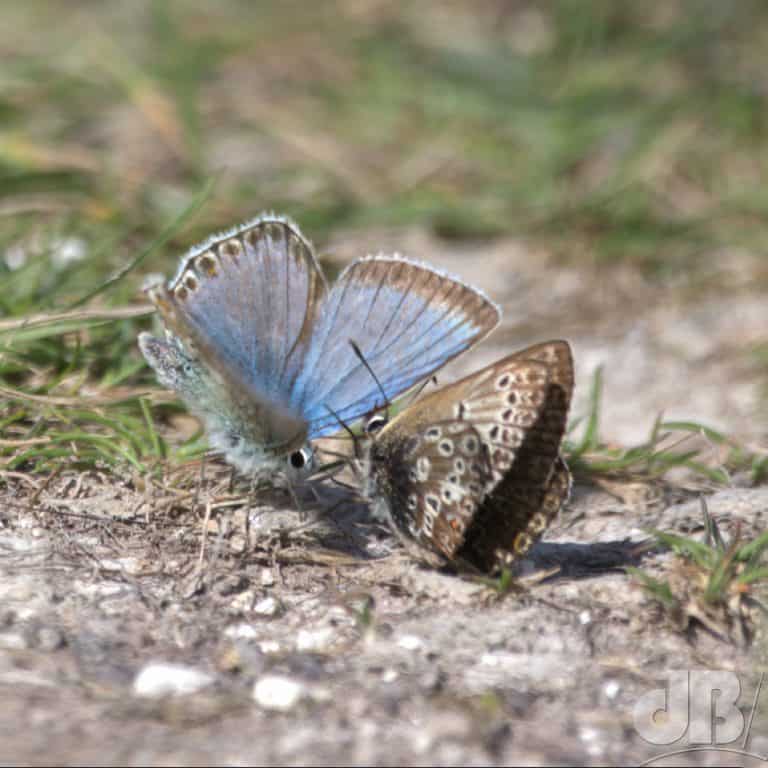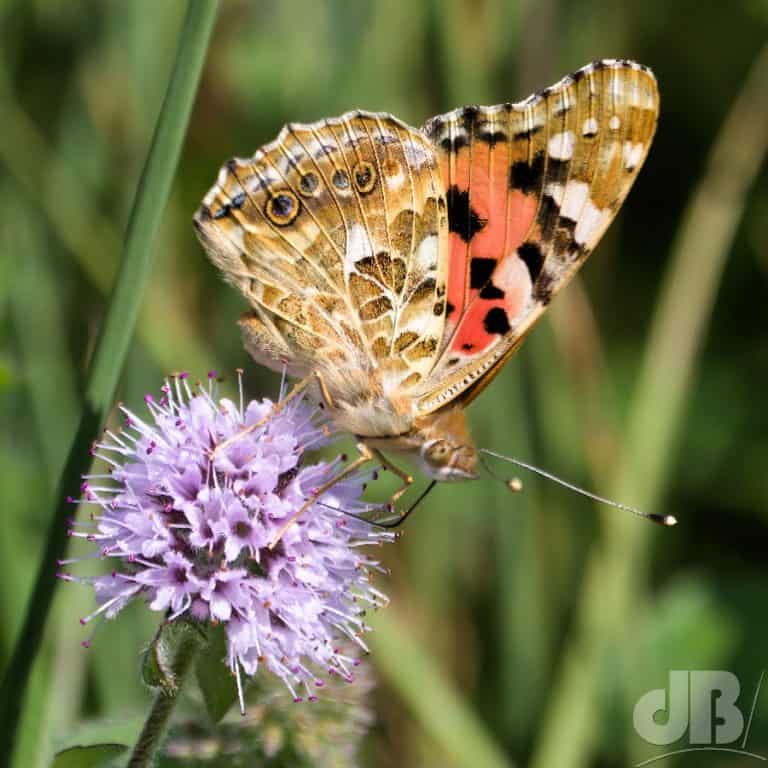Mrs Sciencebase and myself visited the July Racecourse end of Devil’s Dyke near Newmarket back in July and saw literally hundreds of Chalkhill Blue butterflies and dozens of Marbled White as well as a couple of Dark Green Fritillary.
It was tip-off from a couple I met by chance in a woodland who were “twitching” a White Letter Hairstreak at Overhall Grove (Nick & Stella). All of this was mentioned in my Woodwalton NNR blog post at the time. The same couple pointed me in the direction of the Cambs and Essex branch of Butterfly Conservation website, to which members add their sightings on a very timely basis.

I’d missed seeing Clouded Yellow on the wildflower margin at Waresley Wood up the hill from Browns’ Piece this year, not surprising given the farmer had ploughed it for some reason and put a load of signs up warning off walkers from venturing anywhere near his land.

Anyway, the C&E branch had an update regarding another dyke, Fleam Dyke, near the one I mentioned earlier. Chalkhill Blues there and Clouded Yellow. So I took a trip there on the first sunny morning for a few weeks. I was perhaps too late for the Clouded Yellow. Although their season does extend into the autumn, they’re a rare migrant anyway, so you have to be lucky.

However, parking up at the Fulbourn Fen car park and walking from there to Fleam Dyke and to the far end of the ridge Mutlow Hill, I was rewarded with a fair few Lepidoptera – Common Blue, Brown Argus, Brimstone butterfly, Red Admiral, Painted Lady, Gatekeeper, Meadow Brown, Speckled Wood, Small Tortoiseshell, European Peacock, Chalkhill Blue, Large and Small White. There were numerous moths around – Silver Y, Yponomeuta sp., Garden Carpet, Treble-bar.
I had planned to head to Devil’s Dyke after walking Fleam Dyke for more “Chalks”, but changed my mind as it clouded over. I learned later from the Cambs & Essex page that someone had spotted a solitary Adonis Blue there, which would’ve been a new species to me. Ah well.